Exploring What Occurs When An Army of Ants Invades An Empty Polish Nuclear Power Plant And Nature Takes Over
This real-life example is a massive testament to how powerful nature can be once man-made structures become abandoned and thus, forgotten. It’s almost as if Mother Nature claims what was once hers and takes it back.
A post-Soviet nuclear power plant in Poland had about one million unexpected visitors that ended up creating an entire home for themselves. We’re about to unravel every detail of this incredible story.
Bat Seekers
It was initially in 2013 when a group of Polish zoologists journeyed to an abandoned bunker in the village of Templewo, in western Poland, to hopefully observe and study a colony of bats. The bunker was part of a now-deserted nuclear power plant, and the team wasn’t quite sure of what they might stumble upon.
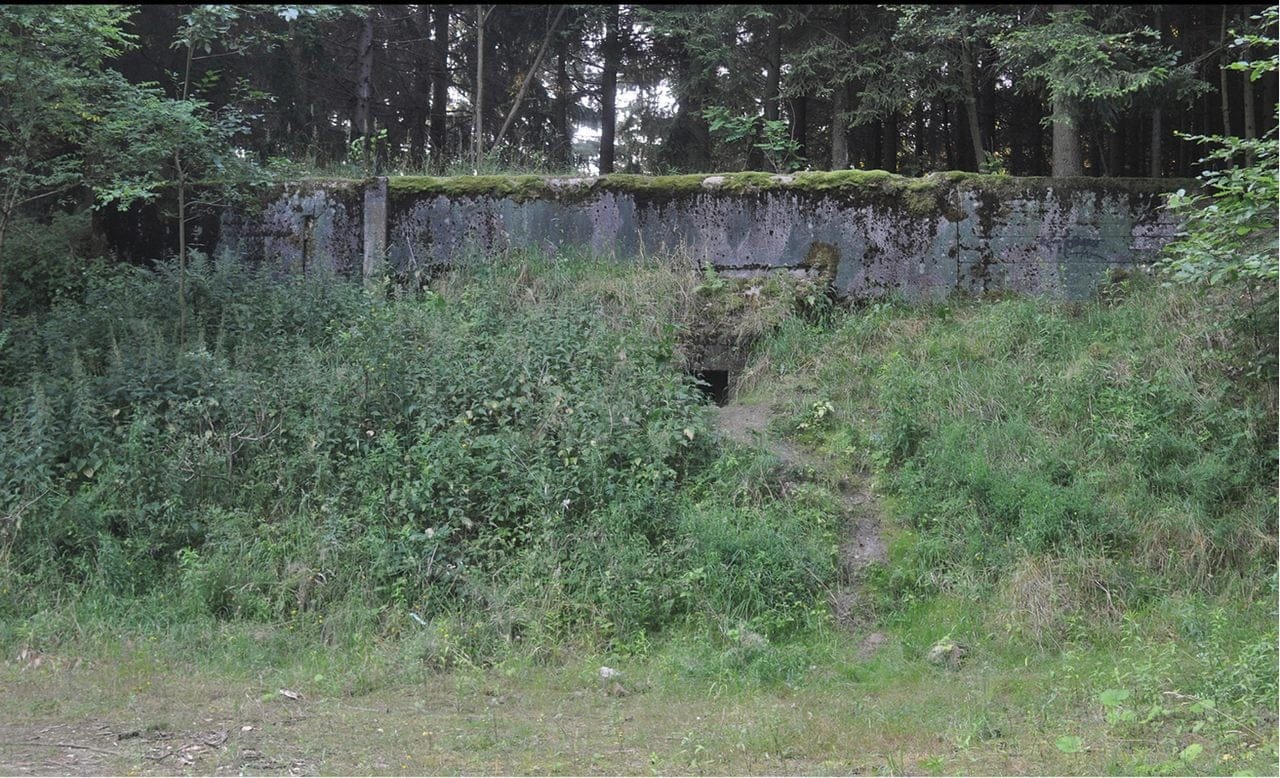
Source: Wojciech Stephan
Although it technically wasn’t even legal to go inside, the team actually did find bats in the bunker. After managing to squeeze through a narrow, confined space, they also discovered something else entirely.
Ants! Ants Everywhere!
While looking in that small space, the zoologists discovered swarms of wood ants. An entire colony, in fact. There were millions of ants that had been trapped in the bunker without any of the fundamental resources to survive.

Source: Patrick Landmann/Getty Images
Bunker conditions are cold, harsh, and barren, especially in the winter. Due to the unstable condition and, since the ants had gotten trapped, there were no queens and no males. Obviously, they weren’t producing any offspring, either. The only group tending to the nest is composed of non-reproductive female workers, in addition to the new hoard of ants falling into the ventilation shaft every year.
Going Back
Two years later, the team went back to the bunker to check in on the ants. While they thought the ants would just die out, they discovered a sight that was beyond incredible and shocking.

Source: Patrick Landmann/Getty Images
Much to their surprise, the ants were still around and their evergrowing numbers proved that they weren’t going anywhere. The surviving ants have carried on for years, building a nest from soil and maintaining it in their usual wood ant fashion. This entire situation is far from normal.
The Opposite Effect
Instead of the ants dying out as the zoologists had figured they would, the fact that they had at least doubled in population is an interesting story in and of itself. With no obvious signs of food or water, the team was perplexed as to how they were surviving.

Source: Raymond Kleboe/Picture Post/Hulton Archive/Getty Images
How could such incredible results have happened since the last time they visited the bunker? It’s truly a miraculous phenomenon that these wood ants have persisted for so long despite the treacherous conditions and lack of resources.
Ants Are Resourceful Creatures
It’s not too unbelievable that the wood ants survived for that many years given that they had no food or water. Ants are creatures known to be extremely resilient and resourceful no matter what their situation is, and it’s the key reason why they have been in existence for such a long time.

Source: Raymond Kleboe/Picture Post/Hulton Archive/Getty Images
As with most ant species, wood ants are organized animals that remove waste from their colony. With these bunker ants, most of the waste was composed of dead ants. The researchers speculated that the mortality rate of this particular colony is likely a lot higher than under normal circumstances.
Survival Of The Fittest
This particular colony of wood ants had no other options, except one. With no food source for sustenance, the ants figured out that in order to survive, they had to eat…each other. This ant cannibalism occurred on both the living and deceased ants. What else were they supposed to do? At least they were resourceful.

Source: Getty Images
Starvation for any species is not only unconscionable, but any creature will find a way not to starve, even if it means going to extreme lengths. The bunker ants were smart enough to figure that out.
These Ants Are Out For Themselves
Resorting to eat other ants in their colony was a necessary means for these bunker ants. The “ant cemetery” that the team found was around a few centimeters thick in some parts and “one cubic decimeter sample contained [roughly] 8,000 corpses.” There were likely two million dead ants piled around the mound of the nest.

Source: Jupiterimages/Getty Images
There was one specific area that the cannibalistic ants targeted, and it was where the wounds were most noticeable. The reason why they targeted this specific area is rather gruesome.
The Abdomen
It’s obvious that the ants started eating one another to simply survive, but why? The cannibal ants were drawn to the abdomen the most because they believed that the stomach contents of the other ants belonged to them. The corpses of the deceased ants were a limitless food source for the trapped ants.

Source: Wojciech Stephan
The ants didn’t take long to conclude that their fellow comrades would be their main source of nutrients. Hence, it’s the primary reason why they resorted to cannibalism. And, actually, the ant graveyard has become a crucial resource for mites and other invertebrates to feed on.
An Incredible Survival Tactic
Although this sounds like something right out of a horror film, the team of scientists was no doubt impressed with the resilience and resourcefulness of the ants. Not only this, but it was also very effective.

Source: Patrick Pleul/DPA/AFP via Getty Images
Ants are hardwired to survive and thrive “even under conditions going far beyond the limits of the survival of the species.” Some ants, for instance, even create rafts made up of their own bodies to survive floods. Their steadfast determination is always something we humans should admire, no matter how pesky these little insects actually are.
The “Monumental Potential” Of Wood Ants
It’s clear from this story that ants are beyond capable of surviving despite the odds that are stacked against them. Researchers assert that the bunker ants possess a “monumental potential,” and it’s incredible how they self-organized themselves, even under dire circumstances.

Source: Dhaya Eddine Bentalebl/Unsplash.com
The team installed a tiny boardwalk in the bunker so the fallen ants could reunite with their colony. Nearly all of the fallen ants have returned to their original nest in the ventilation pipe. There were also no problematic behaviors from the freshly repatriated cannibal ants who appeared to have given up their cannibalistic tendencies.
A Broader Understanding
The discovery, documentation, and further analysis of these cannibalistic ants are helpful for researchers to gain further insight and understanding of how they have to adapt under unique and stressful conditions.

Source: Sebin Lalu/Unsplash.com
The team asserted that the findings “add a dimension to the great adaptive ability of ants to marginal habitats and suboptimal conditions, as the key to understanding their unquestionable eco-evolutionary success.” This bizarre yet remarkable story shows just how adaptable ants are. Let that be a lesson for us all.
There Are Countless Other Abandoned Power Plants
Imagine you’re driving through the Evergreen State and you see an eerie power plant. The Satsop Nuclear Power Plant (or, what’s left of it) in Washington near Elma in Grays County, was the largest of its kind before construction was halted.

Source: tinyfugu/Flickr
The 480-feet nuclear reactor cooling tower is a reminder that this place is more sinister that we could have ever thought. In 1973, the Washington Public Power Supply System applied for a construction and operation permit, which led to the creation of the Satsop plant.
Most Ambitious Nuclear Power Plant Construction Project
The U.S. has had its fair share of nuclear power plants throughout its lifetime. Satsop, however, was one of the most ambitious nuclear power plant construction projects in America’s history. The Satsop project was filled with overbudgeting issues and other roadblocks.
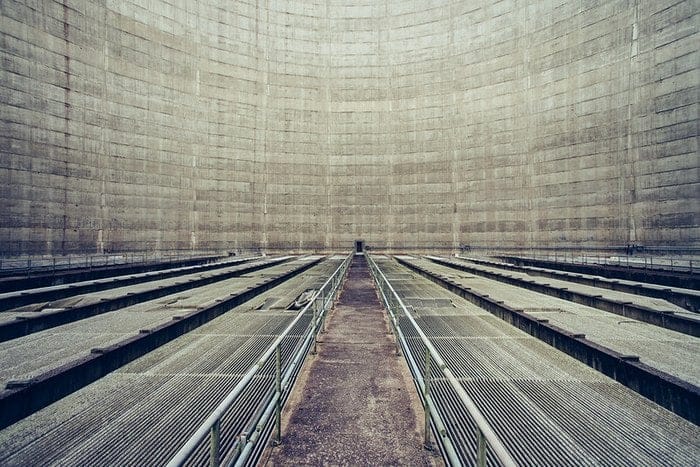
Source: tinyfugu/Flickr
Because of these major problems, the WPSS defaulted on $2.25 billion in bonds. Construction was halted in 1982, which left the plant half complete. The Port of Grays Harbor now manages the community-owned facility.
Marble Hill Nuclear Power Plant In Indiana
In 1976, a new nuclear power plant in Marble Hill, Indiana was scheduled to be built. Today, thirty-five miles northeast of Louisville, Kentucky, on the Indiana side of the Ohio River, a 987-acre property lies untouched and abandoned. It was once the site of the Marble Hill Nuclear Power Station.

Source: Abandoned Indiana
If the power plant was to have been completed, then it would have been the only operational nuclear power-generating facility in Indiana.
A Halted Development
In 1984, construction was halted, and then completely abandoned. There were a few core reasons as to why this occurred: skyrocketing costs for construction, shifting attitudes towards nuclear energy, as well as increasing liabilities for the operator, and, an internal scandal.
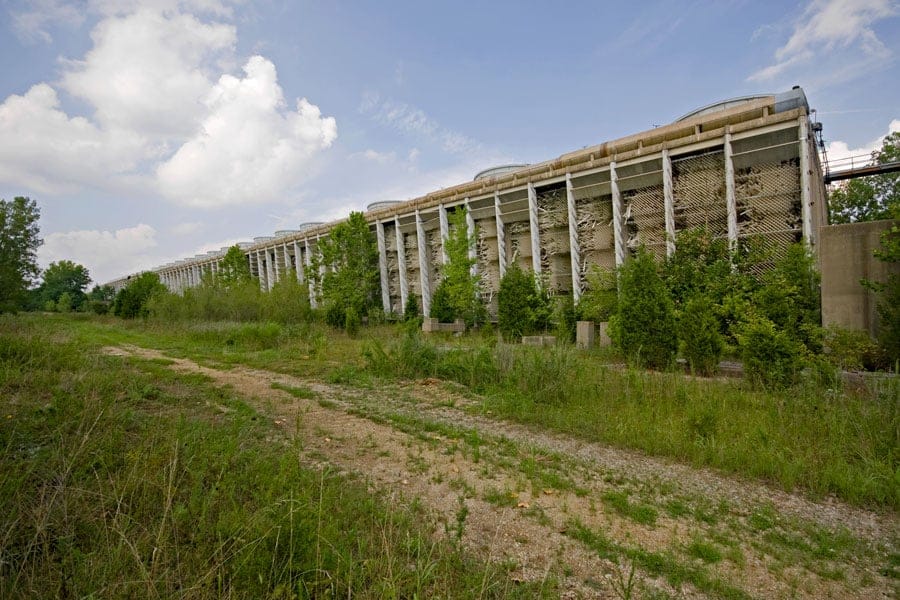
Source: Michael Cook
The Marble Hill plant is known to this day as the largest failed capital spending project in the state history of Indiana. Marble Hill isn’t the only nuclear power plant project blunder in Indiana – the Bailly Nuclear Power Plant was propsed in 1967 and cancelled in 1981.
South Fremantle Power Station In Australia
Western Australia’s South Fremantle Power Station opened in June 1951 and worked in conjunction with the Easter Perth Power Station to supply the metropolitan area with power until it closed in 1985. The South Fremantle station has remained empty for decades, and there is even a creepy urban legend that it consists of underground tunnels which connect to Fremantle Prison.

Source: beninfreo/Flickr
The site is historic and presents an important heritage value. It was recently snatched up for redevelopment.
Power Plant IM In Belgium
Originally built in 1921, the Power Plant IM located in Charleroi, Belgium, used to be the one of the biggest coal burning power plants in Belgium. Its enormous cooling tower cooled 480,000 gallons of water per minute during the height of operation. In the interwar period, the new power plant assisted in the rapid development of the Belgian industry.
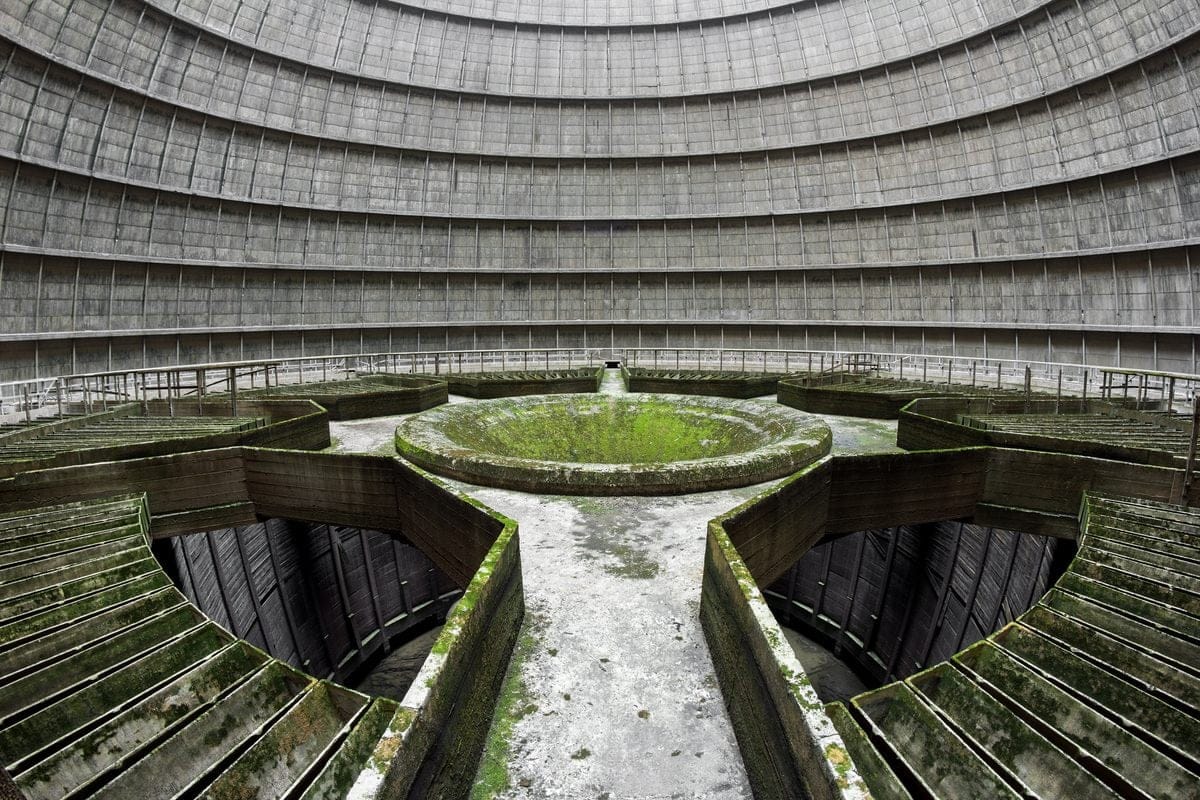
Source: Lennart Tange/Flickr
Owned by Electrabel, the plant produced essential power and heat, providing electricity and natural gas to millions of people. However, with this massive output of resources, the plant was responsible for 10 percent of the CO2 emissions in all of Belgium. Greenpeace, a well-known environmental group, protested the plant and ended up getting it shut down in 2007.
Szombierki Power Plant In Poland
In Bytom, Poland, the eerie remains of this 100-year-old power plant still exist. The Szombierki Power Plant used to be one of the most prominent and largest coal-powered power plants in all of Europe. Most of the station has been decommissioned and abandoned for decades-long.

Source: Archiwum UM Bytom/Grzegorz Goik/Arkadiusz Janocha/Tomasz Sanecki
This incredible architectural structure was prone to a lack of heating and moist and fungus. It was also missing window elements, had no functioning water supply, a broken sewage system, and holes in the roof. The power station is shortlisted for the 7 Most Endangered Programme by Europa Nostra in an effort to prevent the demolition of this iconic and historic buildling.
Antioch College Power Plant In Ohio
Founded in 1850 by the Christian Connection, Antioch College was a private liberal arts college in Yellow Springs, Ohio. It was finished in 1930, and originally conceived as a way to heat its large science building without devoting any of its vast but precious interior space to a boiler or furnace.
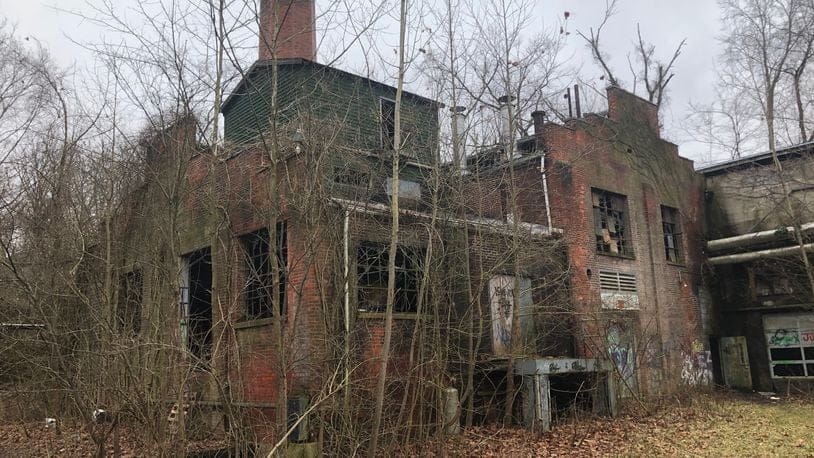
Source: Dayton Daily News
The designers opted for steam in order to achieve that goal. As a result, the college shut down in 2008 and the campus was boarded up. The steam tunnels lined with asbestos are some of the residual remains of an Antioch College that don’t exist anymore.
Genessee Power Plant In New York
This abandoned power plant in Ithaca, New York was running from 1948 to 2000. In 1948, the New York State Electric and Gas Corporation was incorporated as the Ithaca Gas Light Company. The company laid gas mains and constructed a coal gas plant to light the street lamps, homes, and businesses. It was in the 1890s that the invention of the incandescent bulb, the generating power plant, and the use of alternating current, resulted in a steep decline in the use of gas for lighting.
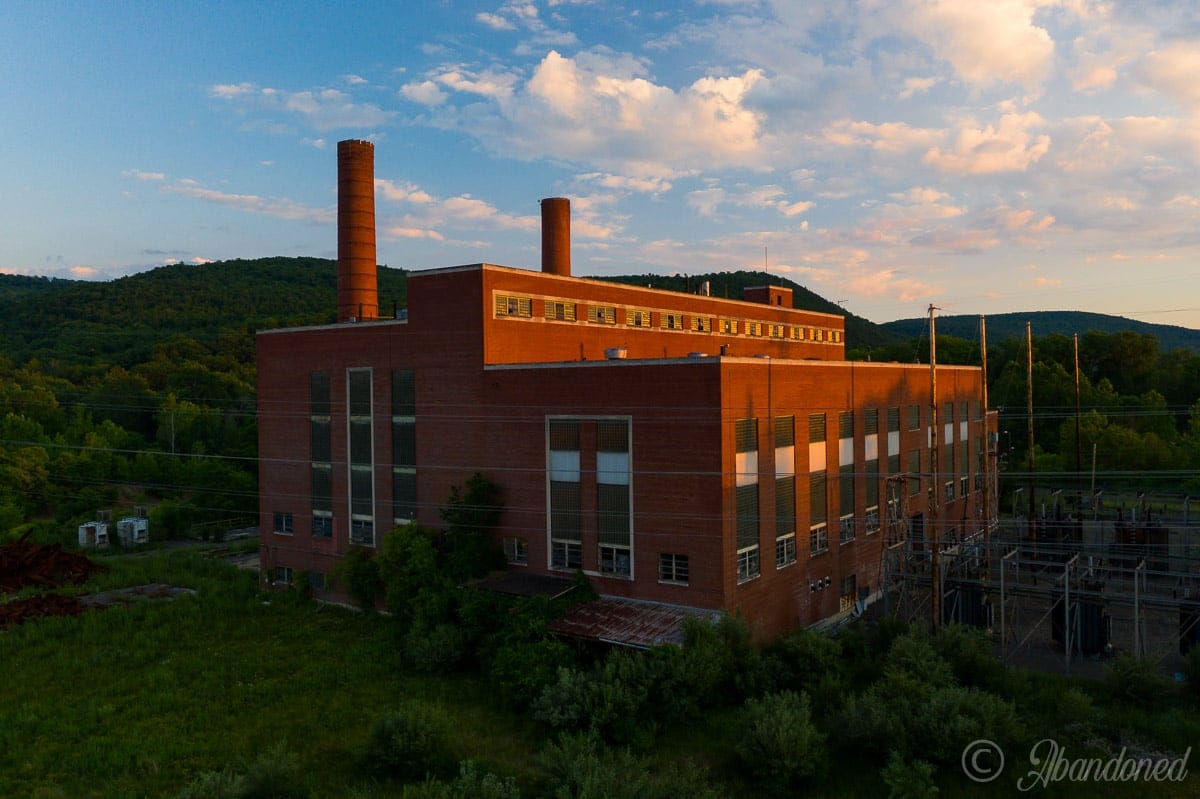
Source: AbandonedOnline.net
In 1910, Ithaca Gas Light was acquired by Associated Gas & Electric. And, in 1998, AES bought six power plants in New York, including Genessee. The plant was on a delayed standby in August 2000 after citizens complained of increased emissions. The State Department of Environmental Conservation sent inspectors to Genessee and they said the plant was in violation of federal opacity standards. AES wanted to convert the plant into a natural gas-fired power plant, but nothing has happened since.
Elkhorn Power Plant In West Virginia And Virginia
In 1903, the Elkhorn Power Plant was first opened by Pocahontas Consolidated Collieries. And, in 1911, tne newly formed Appalachian Power Company (APC) acquired the plant. By 1912, APC had built two hydroelectric power plants and dams along the New River in Virginia. In 1913, APC was serving 67 coal operations and camps throughout southwest West Virginia and western Virginia.
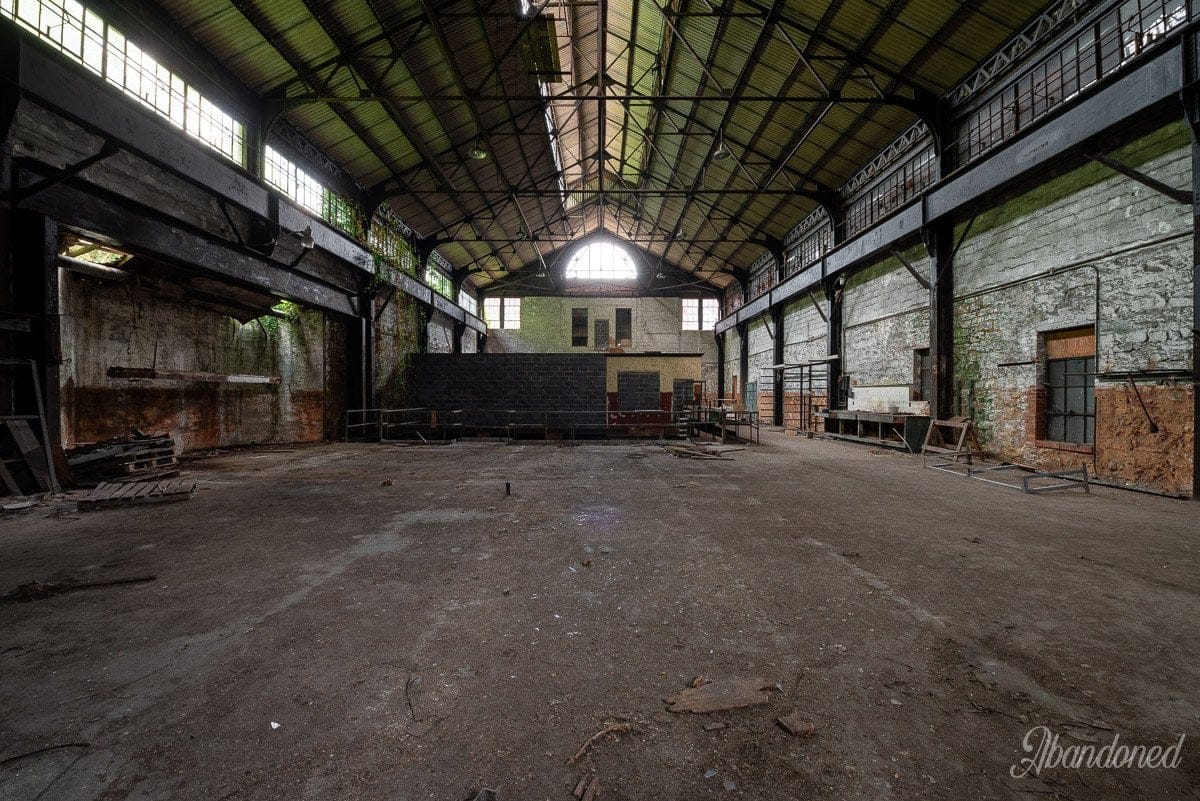
Source: AbandonedOnline.net
Elkhorn was used for power generation at least through 1914. The building faced a fire in 1918, but was rebuilt not too long after that. Acquired in 1925 by the American Gas & Electric Power Company, APC became American Electric Power (AEP) in 1958. They continued to utilize the Elkhorn plant to manage its adjoining substation and for storage purposes until 1997.
Cherokee Power Plant In South Carolina
Ten miles outside of Gaffney, South Carolina, lies the Cherokee Nuclear Power Plant, which remains uncompleted. It was in the early 1970s that Duke Power began construction on a three-reactor nuclear power plant at the site. The project was stalled due to economic issues by the early 1980s, which led to the power plant’s eventual abandonment.
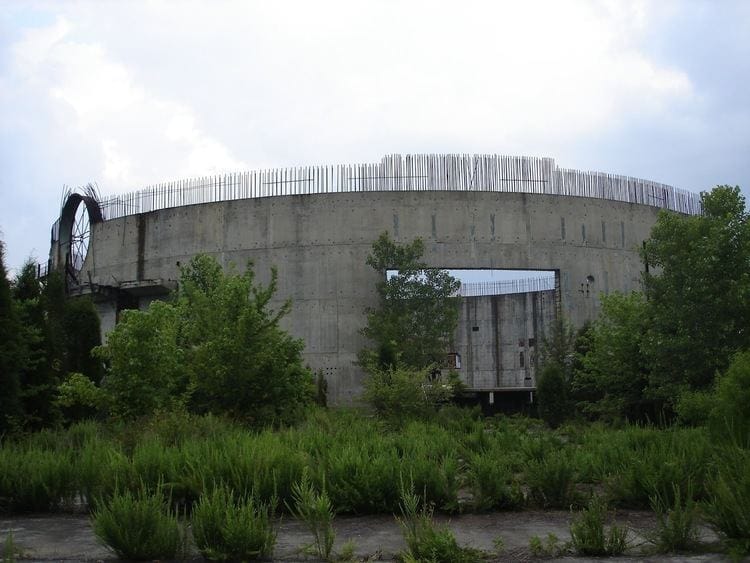
Source: Wikipedia
In 1987, the site was host to James Cameron’s film The Abyss. Cameron had to construct an underwater film studio for his movie, which consisted of scenes using a submerged drilling rig. On December 13, 2007, Duke Power announced that the site had been chosen for a new nuclear power plant called the William States Lee III Nuclear Generating Station. This new plant will be build adjacent to the old site, and the old site will be demolished to make way for new construction.
Shoreham Power Plant In New York
The Shoreham Nuclear Power Plant located two miles from a popular North Shore Long Island beach. It was built in 1973, with every intention of being fully operational and fucntional for a long time. The plant is in close proximity to residential neighborhoods and and beaches, which is quite alarming.
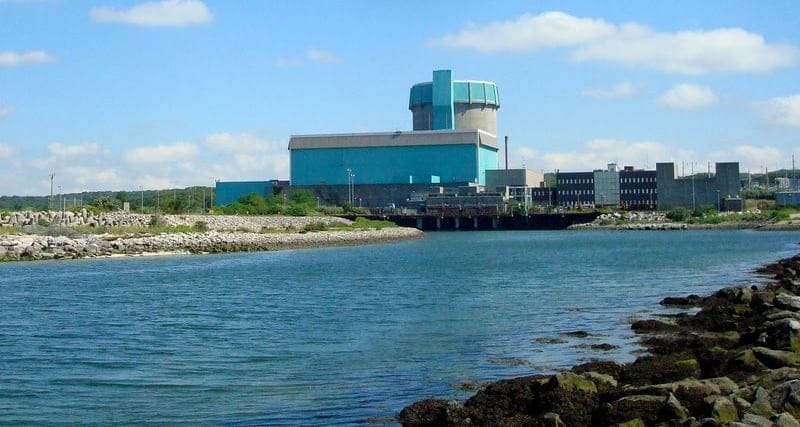
Source: Wikimedia Commons
In its original inception, the plant was intended to power nearly all of Long Island. However, there were two primary factors that led to its shutdown: natural disasters and nuclear disasters. When a new power plant in Lloyd Harbor was going to be commissioned, the general public protested. In 2017, there were rumored plans of turning the Shoreham plant into a state park, which hasn’t come to fruition yet.
Hartsville Power Plant In Tennessee
This power plant was built in 1975, and, at the time, was the world’s largest power plant. All of a sudden, the sleepy town of Hartsville, TN was getting flooded with construction workers and the new businesses that catered to the increasing population size.
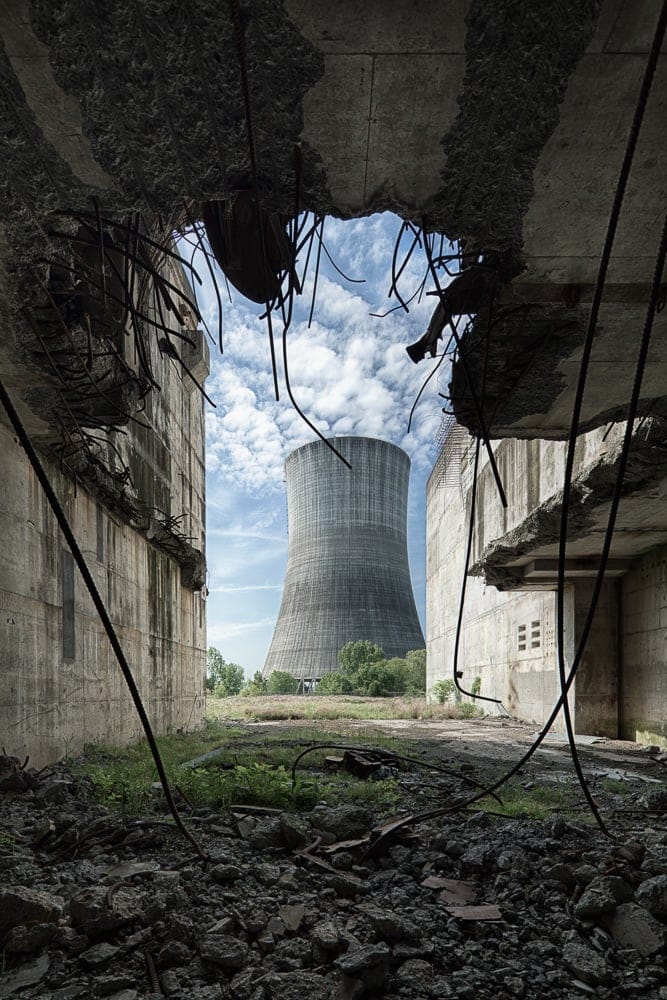
Source: ed roppo/rustyjaw.com
Construction stopped in the mid-1980s, and, a decade later, the entire project was halted. There were a couple buildings that were partially built outside of the four planned generations. Crews later dismantled a majority of the plant. This alleged boomtown went back to its quiet, rural status, but the looming power plant still looms over the small town, always reminding the residents of what could have been.
Crimean Nuclear Power Plant In Crimea
Beginning in 1975, the Crimean Nuclear Power Plant was intended to allocate electricity for all of Crimea. In 1984, the plant was proclaimed the All-Union Komsomol construction project.
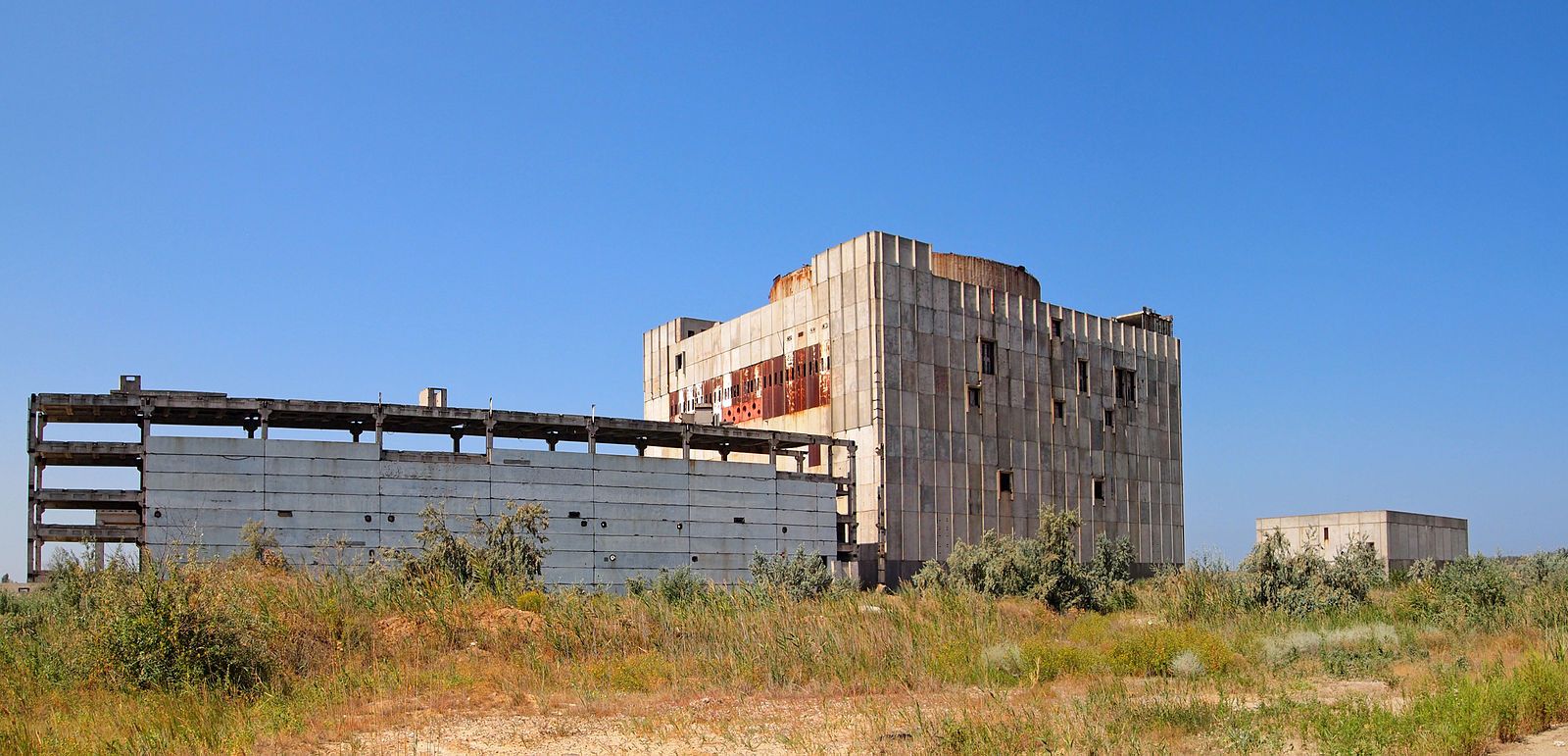
Source: Tiia Monto/Wikimedia Commons
The damaging economic situation in the USSR and the Chernobyl disaster happened in 1986, led to the fact that by 1987, construction was halted. In 1989, the ultimate decision to abandon the station was made. The station was about 80% completed.
Kursk Power Plant In Russia
The construction of the fifth unit of the Kursk Nuclear Power Plant began in 1986. It was intended to be put into power in 1992, but in 1989, the 5th power unit was designed based on the use of RBMK reactor (the same reactor installed at the Chernobyl Nuclear Power Plant). There was $900 million invested into the plant

Source: Dmitriy_92/Wikimedia Commons
The equipment of the reactor hall was installed by 70%, the main equipment of the RBMK reactor by 95%, and the turbine hall by 90%. In 2012, it was decided the construction would not be completed, mainly because of the nuclear accident in Fukushima, Japan.
Zwentendorf Power Plant In Austria
20 miles up from the Danube River in Vienna, the construction of the Zwentendorf power plant was commissioned in 1972, and it was the first nuclear power plant to be built in Austria. Reaching 700 megawatts, the reactor was expected to meet about one-tenth of Austrian energy demand at that particular time. In 1975, three more plants were supposed to be completely built by 1985, producing a total of 3.00 megawatts.
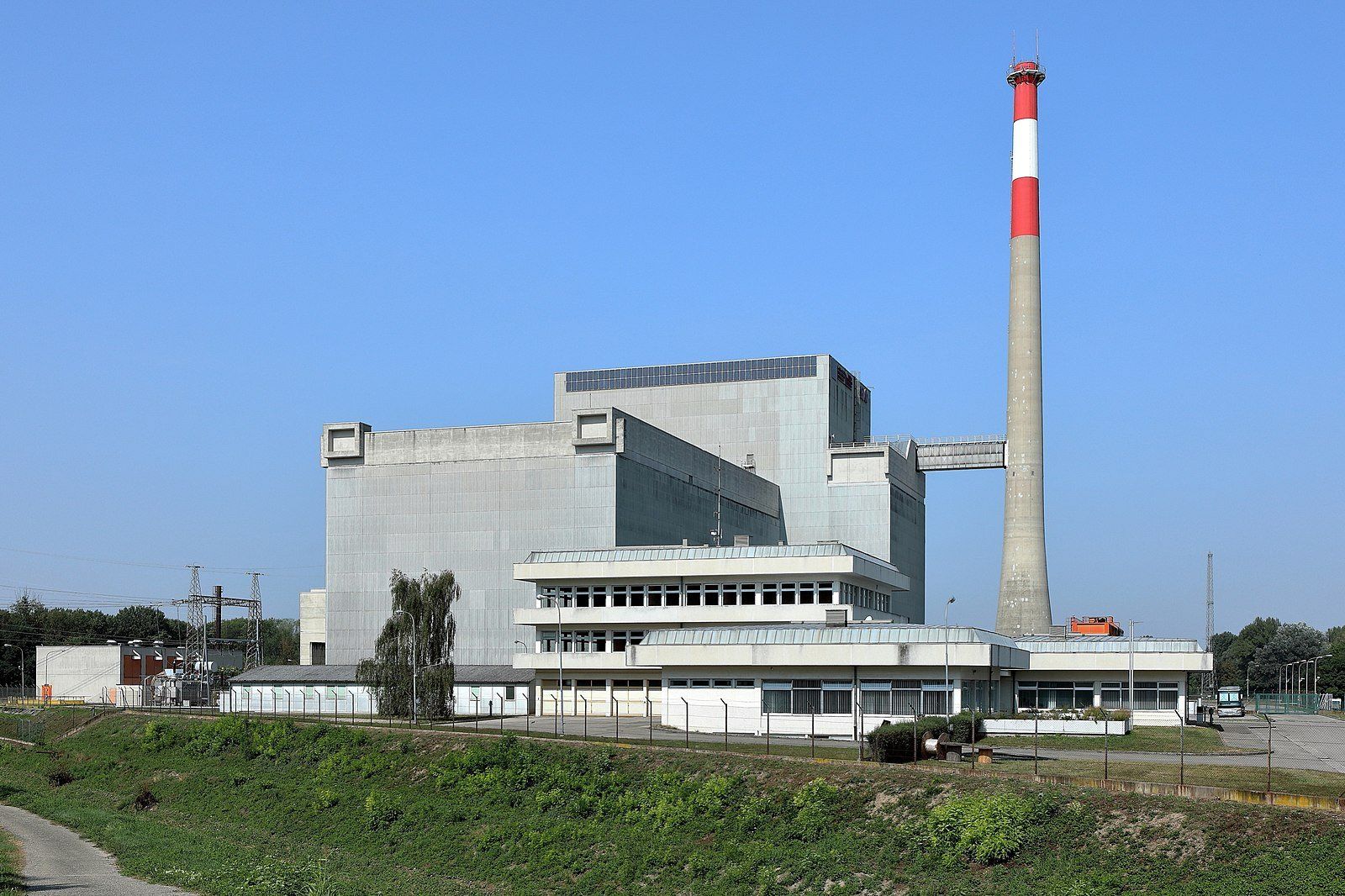
Source: C.Stadler/Bwag/Wikimedia Commons
Despite the ongoing protests and the overall resistance to nuclear power (it was officially forbidden by law by the end of 1978), it’s a miracle that the plant is being used to this day. It is technically “abandoned” in terms of what it was initially built to do, but it has been utilized as a training facility and also a popular field-trip spot.
Ciudad Nuclear Power Plant In Cuba
Built in 1982, the “nuclear city” of Ciudad is home to the Ciudad Nuclear Power Plant. The city was originally designed to house thousands of workers, but ended up becoming a home for 30,000 residents. The power plant was supposed to be “the project of the century,” according to both the Cuban and Russian governments.
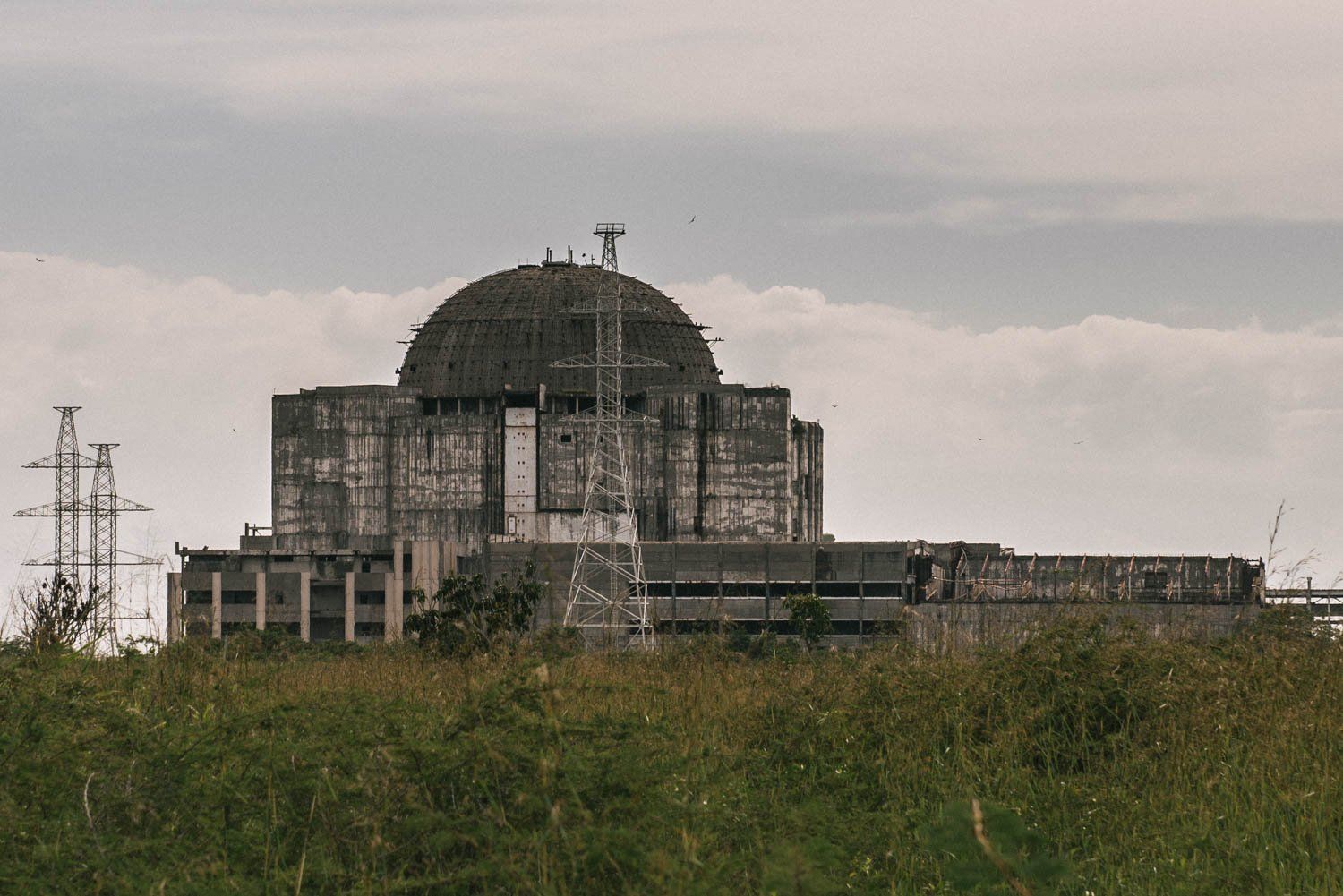
Source: Volker Zobelt
The collapse of the Soviet Union in the early 90s led to the abandonment of the plant. Ciudad’s population has declined to 7,000 residents. Still standing, the plant remains and a wall that was built around the incomplete reactor is protected by guards in uniforms.
Big Rock Point Nuclear Power Plant In Michigan
The Big Rock Point/Midland power plant near Charlevoix, Michigan, was operated from 1962 to 1997. It was owned and operated by Consumers Energy. Big Rock was the first nuclear power plant in Michigan, and cost $27.7 million to build. Due to issues with the plant’s operating license, it was decontaminated in 1999, and, finally, decommissioned in 2003.
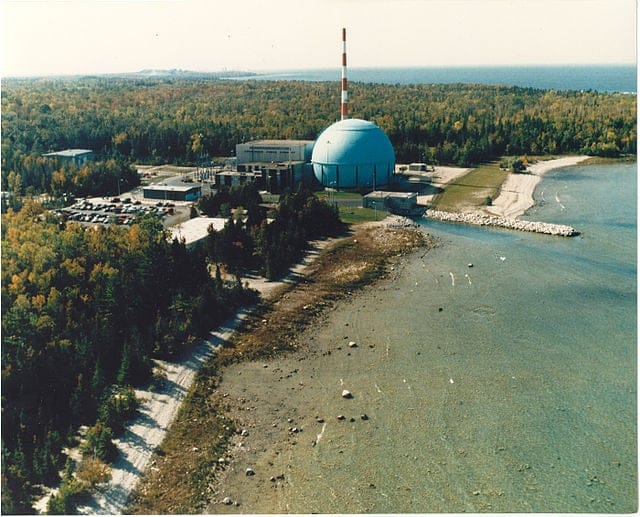
Source: Capital News Service
While no physical remnants of the plant exist, the only thing left standing is a sign and its status as a Michigan state historic marker.
